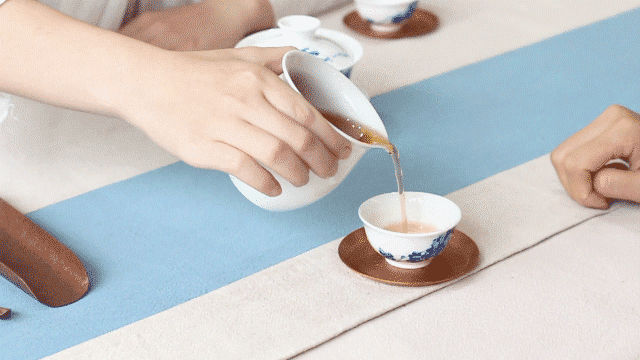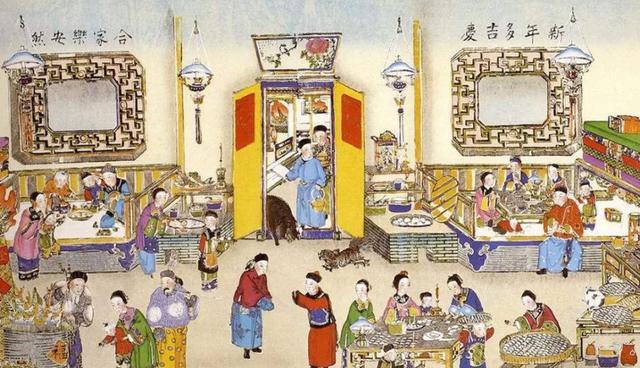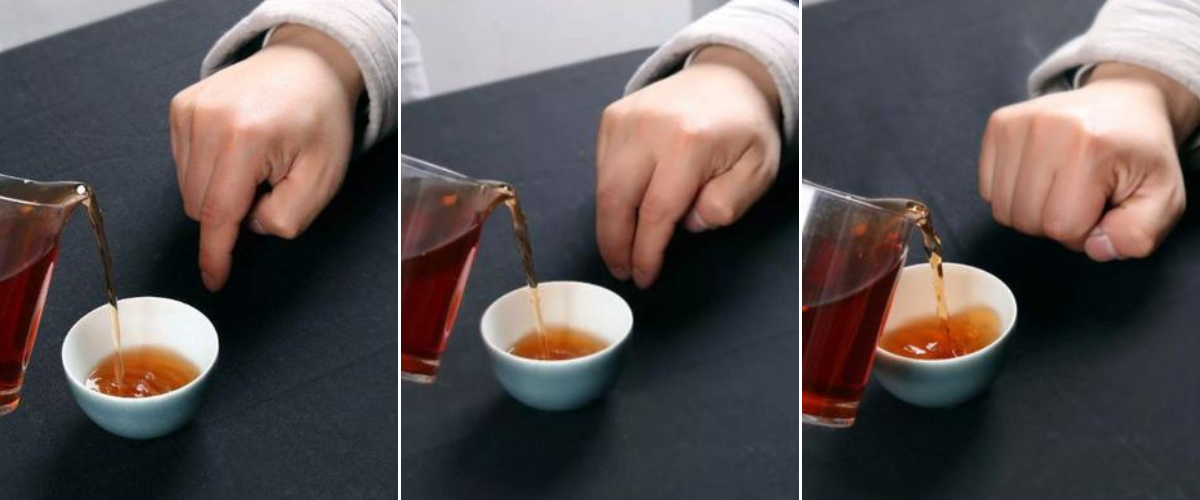Here's Why Chinese People Tap On The Table When Tea Is Being Poured
FYI, it's not to tell the waiter when to stop.
Have you ever noticed people tapping on the table with their fingers when tea is being poured at dim sum or Chinese restaurants?
Contrary to popular belief, the finger tapping isn't a signal to your server to stop pouring tea (or to keep going). It isn't meant to rush them to pour it faster either.
Also known as the 'finger kowtow', this Chinese tea etiquette is a form of respect and sign of gratitude, with its roots going back all the way to ancient China.
The tradition of 'finger kowtow' can be traced back to the Qing dynasty
According to a BBC article, legend says that Emperor Qianlong once visited a town dressed as a civilian, accompanied by his servants. While having a yumcha session at a teahouse, the emperor took a teapot and poured tea for a servant.
Terrified at being served by the emperor, the servant wanted to kneel and express his thanks, but could not do so as it would break the emperor's disguise. By a stroke of brilliance, he tapped the table with three curled fingers, representing kneeling to the emperor to express gratitude and respect.
While experts say that this may not be a historically accurate account, the legend has been passed down through generations, and has become part of Chinese tea culture.
Over time, this particular tea etiquette and its meaning have evolved
Nowadays, most people just tap with two fingers — usually the index and middle finger.
The 'finger kowtow' has become a practical way to say a silent xie xie (thank you) to your server, instead of having to disrupt your ongoing conversation.
In Malaysia, you can tap once, twice, or as many times as you like. ;P
In China, however, there are specific finger tapping etiquettes that you should be aware of
Here are some Chinese tea rules, according to Chinese website KK News:
1. If someone younger is pouring you tea
Use a single finger (index or middle finger) to tap the table once, or three times if you approve of the server. Alternatively, you can tap the edge of the cup with a single finger as well.
2. If a peer is pouring you tea
Use two fingers (index and middle finger) and tap the table three times to show respect.
3. If an elder is pouring you tea
Curl up your fist and gently tap the table three times. This signifies five bodies bowing to the ground in honour of the elder. Usually, the elder who pours the tea will do a kowtow in response.


